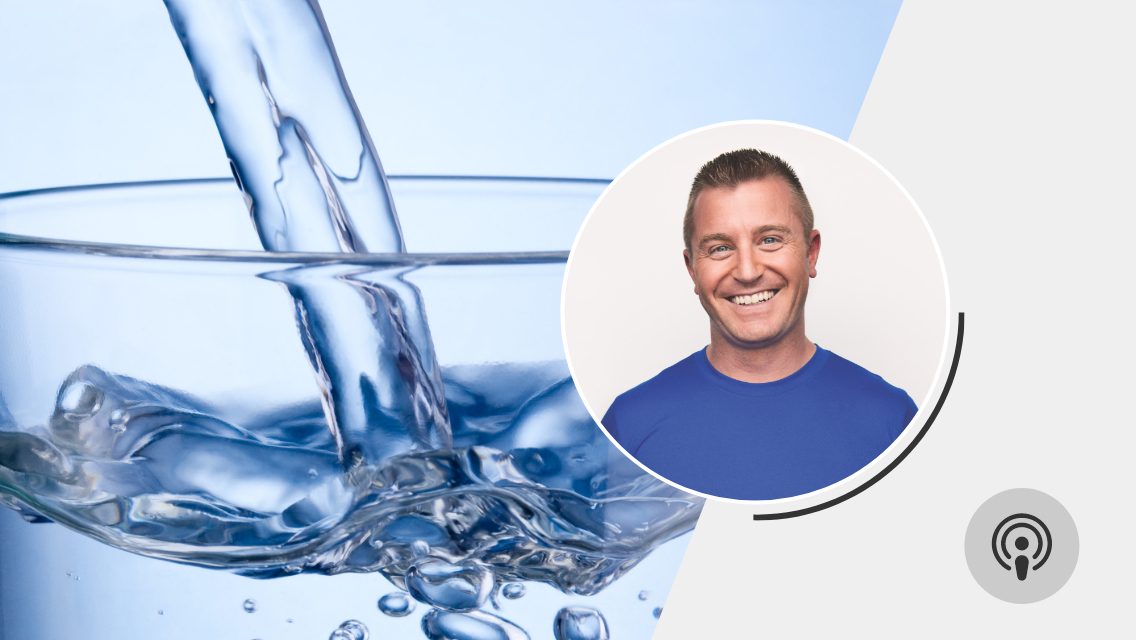Keeping an eye on your hydration is a simple way to improve both your spinal health and your overall well-being. “Hydration is one of the cheapest ways people can get themselves feeling better,” says Eric Goodman, DC, creator of Foundation Training, a program designed to mitigate acute and chronic back pain. “If you’re even slightly chronically dehydrated, adding a liter or two of water a day will change how you feel exponentially.”
Up to 60 percent of the human body consists of water. The amount of water you consume affects everything, including muscles, organs, and tiny cells — as well as the spongy discs that separate the vertebrae.
If you’re even slightly chronically dehydrated, adding a liter or two of water a day will change how you feel exponentially.”
“Assuming we are well hydrated, our discs will successfully rehydrate themselves at night after performing as a shock absorber and spacer throughout the day,” explains David Lipetz, MSPT, a physical therapist at LifeClinic Chiropractic and Rehabilitation in Syosset, N.Y.
“If we do not have enough water in our body, this can contribute to poorly hydrated discs, leading to a collapse of disc height and creating potential lower back pain and sciatica.”
In addition to staying hydrated throughout the day, eating plenty of whole-food proteins, vegetables, and fruits can help keep the bones in your spine strong as you age.
Many nutrients contribute to bone health, but pay particular attention to calcium, magnesium, phosphorus, and vitamin D. A blood test can tell you where your nutrient levels stand and whether they’re optimal for your age, sex, and activity level. Then you can modify your diet or add supplements, if necessary.
This was excerpted from “Back on Track” which was published in the January/February 2022 issue of Experience Life magazine.





This Post Has 0 Comments